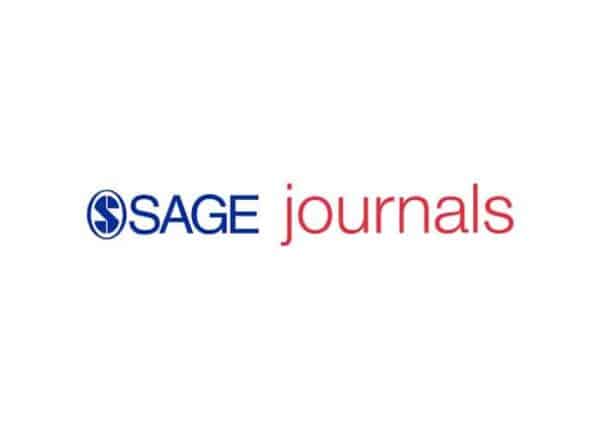
Title:
Bone Fragment Resorption and Clinical Outcomes of Traumatic Bony Bankart Lesion Treated With Arthroscopic Repair Versus Open Latarjet
Authors:
Giovanni Di Giacomo, MD, Mattia Pugliese, MD, MSc, Annalise M. Peebles, BA, Capt. Matthew T. Provencher, MD, MBA, MC, USNR (Ret.)
Abstract:
Background:
Bony Bankart lesions can perpetuate chronic anterior glenohumeral instability. When surgical treatment is pursued, several factors need to be considered to obtain optimal outcomes.
Purpose:
To (1) quantitatively describe patterns of bone fragment resorption and associated risk factors for developing glenoid bone loss (GBL) and (2) to compare clinical and radiological results of attritional bone loss treated with either the arthroscopic Bankart or the open Latarjet procedure.
Study Design:
Cohort study; Level of evidence, 3.
Methods:
A retrospective analysis of prospectively collected data was conducted for patients who underwent arthroscopic stabilization (group A1, 10%-20% GBL; group A2, >20% GBL) or open Latarjet (group B, >10% GBL) for recurrent shoulder instability with bony Bankart lesion. Patient characteristics, number of dislocations, and Western Ontario Shoulder Instability Index (WOSI) scores were obtained. Pre- and postoperative computed tomography imaging was used to quantitatively describe patterns of bone fragment resorption.
Results:
A total of 120 consecutive patients (group A1, 40; group A2, 23; group B, 57) were included in the study, with a mean age of 25.6 years (range, 19-35 years). The average follow-up was 5.0 years for all groups (range, 4.83-5.16 years in group A1, 4.58-5.41 years in group A2, and 4.33-5.67 years in group B). The mean times between dislocation event and surgery were 12.8 months (range, 6-32 months) and 13.6 months (range, 6-38 months) for groups A and B, respectively. Redislocation rates were 7.5% in group A1 versus 13.0% in group A2, and only occurred in patients with ≥13.5% GBL. There were no redislocations for group B (0%). Patients had better WOSI scores in group B (234.1 ± 126.9) than in group A (576.1 ± 224.6) (P < .0001). In group A, smaller preoperative bone fragment size displayed a higher percentage of resorption after surgery (r = −0.64; P < .05).
Conclusion:
A significant inverse relationship exists between preoperative bone fragment size and percentage of postoperative resorption. Patients treated with arthroscopic bony Bankart repair who had final GBL ≥13.5% had worse outcomes. When planned GBL approaches 13.5% in high-demand patients, a smaller fragment size can result in worse clinical outcomes because of resorption. In these cases, choosing the open Latarjet procedure leads to better clinical results.
You may request a copy of the full study: Bone Fragment Resorption and Clinical Outcomes of Traumatic Bony Bankart Lesion Treated With Arthroscopic Repair Versus Open Latarjet
Dr. Provencher’s study is also sited in this news publication: Orthopedics This Week